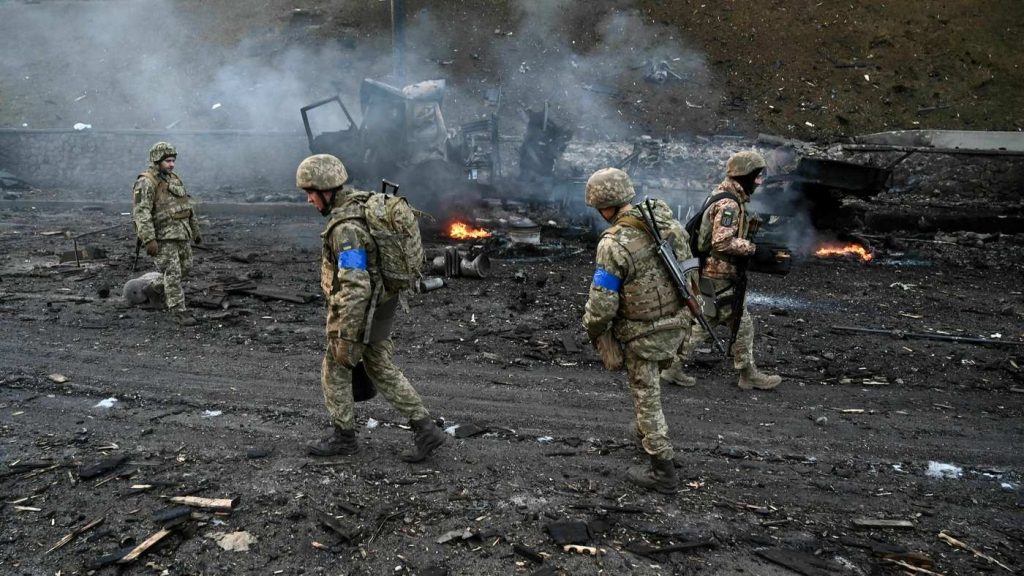
Samut Prakan
Samut Prakan is one of the central provinces (changwat) of Thailand, established by the Act Establishing Changwat Samut Prakan, Changwat Nonthaburi, Changwat Samut Sakhon and Changwat Nakhon Nayok, Buddhist Era 2489 (1946), which came into force 9 May 1946. It is part of the Bangkok Metropolitan Region. Neighbouring provinces are Bangkok, to the north and west, and Chachoengsao to the east. Suvarnabhumi Airport is in the Bang Phli District of Samut Prakan Province as well as the districts of Prawet, Bang Kapi and Lat Krabang in neighbouring Bangkok city.History The province was created during the era of the Ayutthaya Kingdom, with its administrative centre at Prapadaeng. It was the sea port of Siam, and was secured with forts, town moats, and town walls. King Rama II started building the new centre at Samut Prakan in 1819, after his predecessor King Taksin had abandoned the town fortifications. Altogether six forts were built on both sides of the Chao Phraya River, and on an island in the river the pagoda, Phra Samut Chedi, was erected. These were involved in the Paknam incident of 13 July 1893, which ended the Franco-Siamese War with a French naval blockade of Bangkok. Of the original six forts only two still exist today, Phi Sua Samut and Phra Chulachomklao.Geography Samut Prakan lies at the mouth of the Chao Phraya River on the Gulf of Thailand. Thus the province is also sometimes called Pak Nam , Thai for 'mouth of river'. The part of the province on the west side of the river consists mostly of rice paddies and shrimp farms as well as mangrove forests, while the eastern part is the urban centre, including industrial factories. It is part of the Bangkok metropolis. The urbanization on both sides of the provincial boundary is identical. The province has a coastline of approximately 47.2 kilometres. Samut Prakan is the site of a skirmish between French and Siamese forces on 13 July 1893, subsequently referred to as the Paknam Incident. This battle resulted in a French victory and the signing of the Franco-Siamese Treaty of 3 October 1893 which ceded territory east of the Mekong River to France, territory that forms much of modern Laos.
Samut Prakan is one of the central provinces (changwat) of Thailand established by the Act Establishing Changwat Samut Prakan Changwat Nonthaburi Changwat Samut Sakhon and Changwat Nakhon Nayok Buddhist Era 2489 (1946), which came into force May 1946 It is part of the Bangkok Metropolitan Region Neighbouring provinces are Bangkok to the north and west and Chachoengsao to the east Suvarnabhumi Airport is in the Bang Phli District of Samut Prakan Province as well as the districts of Prawet Bang Kapi and Lat Krabang in neighbouring Bangkok city .History The province was created during the era of the Ayutthaya Kingdom with its administrative centre at Prapadaeng It was the sea port of Siam and was secured with forts town moats and town walls King Rama II started building the new centre at Samut Prakan in 1819 after his predecessor King Taksin had abandoned the town fortifications Altogether six forts were built on both sides of the Chao Phraya River and on an island in the river the pagoda Phra Samut Chedi was erected These were involved in the Paknam incident of 13 July 1893 which ended the Franco-Siamese War with French naval blockade of Bangkok Of the original six forts only two still exist today Phi Sua Samut and Phra Chulachomklao .Geography Samut Prakan lies at the mouth of the Chao Phraya River on the Gulf of Thailand Thus the province is also sometimes called Pak Nam Thai for 'mouth of river '. The part of the province on the west side of the river consists mostly of rice paddies and shrimp farms as well as mangrove forests while the eastern part is the urban centre including industrial factories It is part of the Bangkok metropolis The urbanization on both sides of the provincial boundary is identical The province has coastline of approximately 47.2 kilometres Samut Prakan is the site of skirmish between French and Siamese forces on 13 July 1893 subsequently referred to as the Paknam Incident This battle resulted in French victory and the signing of the Franco-Siamese Treaty of October 1893 which ceded territory east of the Mekong River to France territory that forms much of modern Laos





